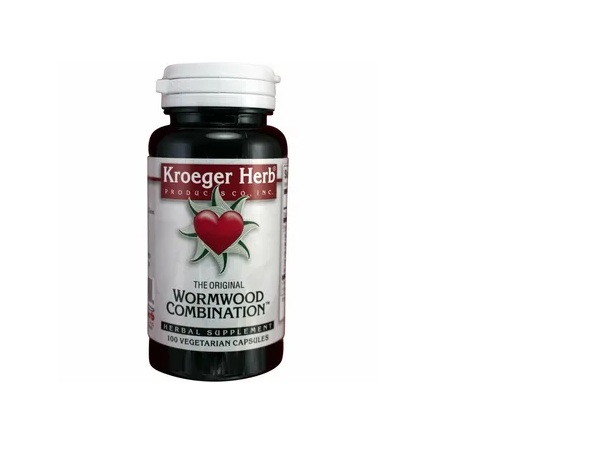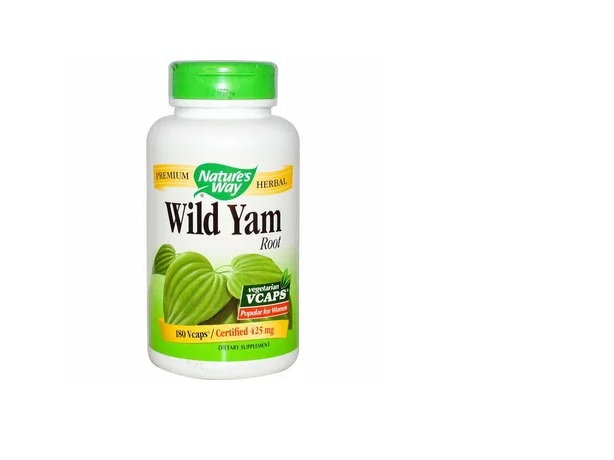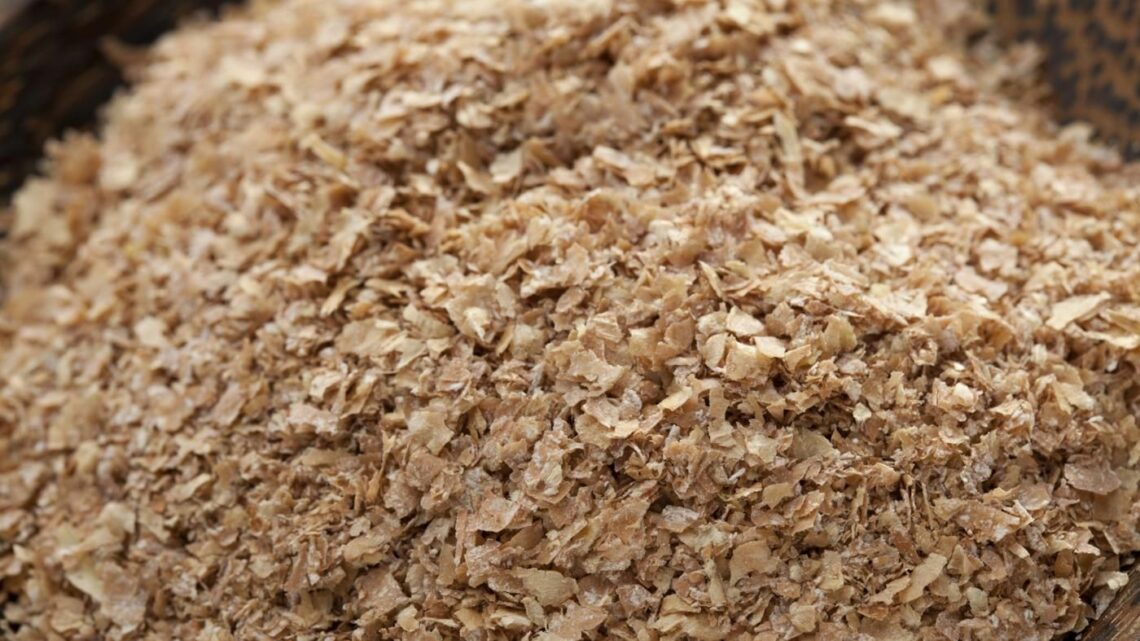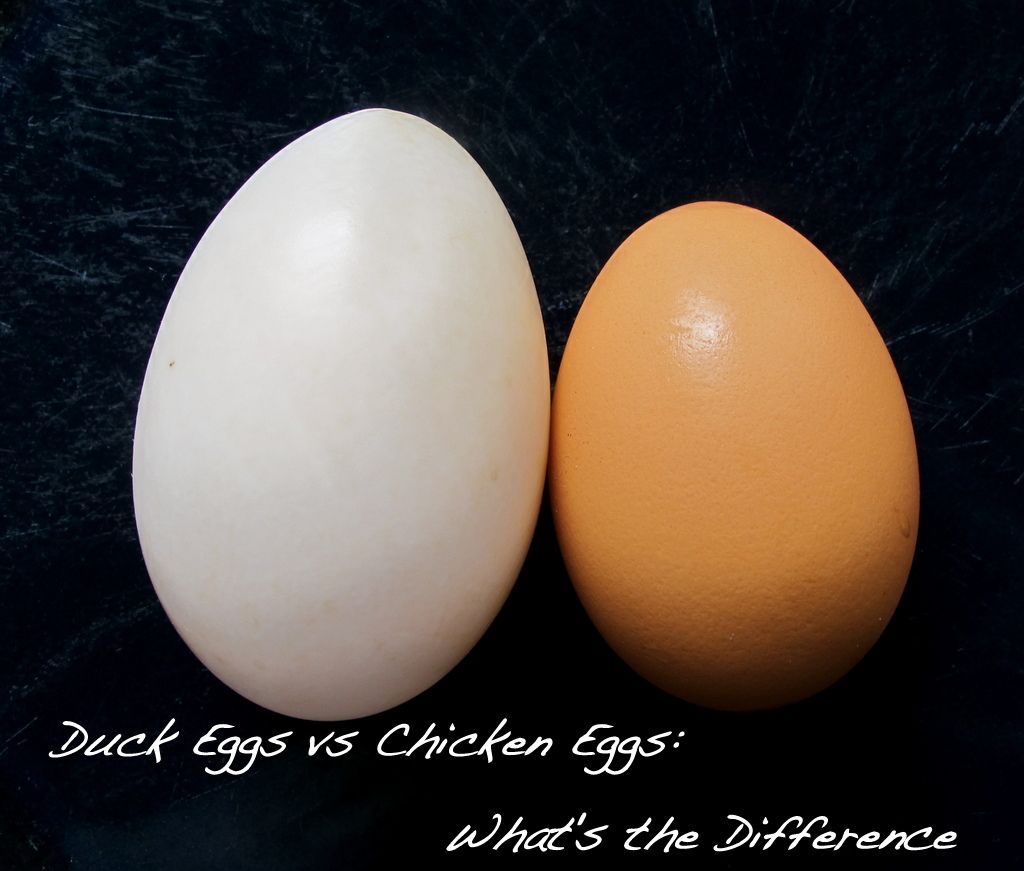Wormwood, scientifically known as Artemisia absinthium, is a bitter herb native to Europe, Asia, and North Africa. It has been used for centuries in traditional medicine for its various health benefits. Wormwood is particularly renowned for its potential therapeutic properties, which are attributed to its rich composition of bioactive compounds. One popular form in which wormwood is consumed is through supplements, which concentrate its beneficial components into convenient doses. In this comprehensive guide, we will explore the numerous benefits associated with wormwood supplements, supported by scientific evidence and traditional knowledge. Understanding Wormwood Wormwood is a perennial plant belonging to the…
-
-
Wild yam (Dioscorea villosa) is a species of yam native to North America, where it has been used for centuries by indigenous cultures for its medicinal properties. While wild yam is commonly known as a source of diosgenin, a compound used in the synthesis of steroid hormones, it also contains other bioactive compounds that contribute to its health benefits. Wild yam supplements have gained popularity for their potential to support hormonal balance, alleviate menopausal symptoms, and promote overall well-being. In this comprehensive guide, we’ll delve into the benefits of wild yam supplements, their uses, dosage recommendations, potential side effects, and…
-
Simple sugars, also known as simple carbohydrates, are composed of one or two sugar molecules that are quickly broken down and absorbed by the body. They are commonly found in various foods and beverages and provide a rapid source of energy. While they are essential for providing fuel to the body, excessive consumption of simple sugars can lead to health risks, including weight gain, insulin resistance, and an increased risk of chronic diseases. In this comprehensive guide, we’ll explore the definition of simple sugars, provide lists of foods high in simple sugars, and discuss the potential risks associated with their…
-
Wheat bran is a nutrient-rich component of the wheat kernel that is separated during the milling process of refining wheat into flour. While it is often removed during the production of white flour, wheat bran can be found in whole wheat flour and various whole grain products. It is prized for its high fiber content and numerous health benefits. In this comprehensive guide, we’ll delve into the nutrition profile, health benefits, culinary uses, and potential risks associated with wheat bran. Nutrition Profile Wheat bran is a rich source of essential nutrients, including: Dietary Fiber Wheat bran is exceptionally high in…
-
Duck eggs and chicken eggs are two popular types of eggs consumed worldwide. While they share many similarities, such as being high in protein and versatile in cooking, there are also several differences between the two. In this comprehensive guide, we’ll explore the nutrition profile, benefits, culinary uses, and other factors to consider when comparing duck eggs and chicken eggs. Nutrition Profile Both duck eggs and chicken eggs are nutrient-dense foods packed with essential vitamins, minerals, and macronutrients. However, there are some differences in their nutritional composition: Protein Duck eggs typically contain more protein than chicken eggs. A single duck…
-
Smoked salmon is a popular and versatile seafood delicacy enjoyed by people around the world. It is prized for its rich flavor, delicate texture, and nutritional benefits. In this comprehensive guide, we’ll delve into the nutrition profile of smoked salmon, explore how it’s made, discuss its culinary uses, health benefits, and potential risks. Nutrition Profile Smoked salmon is not only delicious but also a nutrient-dense food that offers an array of essential vitamins, minerals, and omega-3 fatty acids. A typical serving of smoked salmon (about 3 ounces or 85 grams) provides: Protein: Smoked salmon is an excellent source of high-quality…
-
Honeydew and cantaloupe are two popular varieties of melon that are enjoyed for their sweet and refreshing flavor. While they may look similar on the outside, there are several key differences between the two types of melon, including their appearance, taste, texture, and nutritional content. In this comprehensive guide, we’ll explore the characteristics of honeydew and cantaloupe, as well as their culinary uses, health benefits, and how to choose and store them effectively. Appearance The most apparent difference between honeydew and cantaloupe lies in their appearance. Honeydew melons typically have a smooth, pale green rind with no netting or ribbing.…
-
Introduction If you live in Alabama and have epilepsy, you may be interested in the ongoing CBD research conducted by the University of Alabama at Birmingham (UAB). This comprehensive guide aims to provide information about UAB’s CBD research program for epilepsy, including its objectives, eligibility criteria, potential benefits, and the importance of participating in clinical trials. By understanding the research process and considering participation, you can contribute to advancing knowledge and potentially improve epilepsy treatment options. Table of Contents I. Understanding Epilepsy II. Introduction to CBD and Epilepsy III. UAB CBD Research for Epilepsy IV. How to Participate in UAB…








